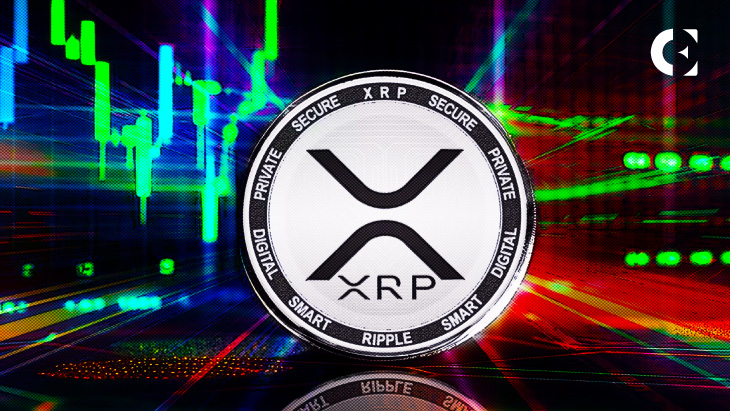- Ripple’s XRP Ledger processes hundreds of transactions per second with low latency.
- New Multi-Purpose Tokens enhance XRP Ledger’s ability to support diverse digital assets.
- Scalability concerns raise the need for better network routing solutions as demand increases.
Ripple’s ability to scale and handle high transaction throughput has been questioned in the crypto market. A recent Twitter discussion between MartyParty, a crypto enthusiast, and Ripple CEO Brad Garlinghouse has shed light on the XRP Ledger’s current capabilities.
MartyParty raised questions about whether Ripple could handle over 500 transactions per second (TPS), given its performance at 25-70 TPS, citing data from the official XRP Explorer dashboard. Garlinghouse pointed out that the XRP Ledger already processes hundreds of transactions per second and that further testing is ongoing to ensure scalability.
Garlinghouse noted that the XRP Ledger frequently processes around 400 transactions per ledger, with a transaction finalization time of approximately three seconds. He provided a link to an example ledger where 1000 TPS was achieved, demonstrating the network’s capability under certain conditions.
He also mentioned that performance testing for new features, like the Multi-Purpose Token (MPT) standard, had recently yielded 432 TPS. Garlinghouse added that the Ripple team regularly tests TPS for various proposed amendments, which often involve complex transaction types.
Related: XRP Ledger Sees Growing Use Beyond Payments, Data Shows
Multi-Purpose Tokens: Expanding the XRP Ledger
A blog post shared by Garlinghouse further explained the Multi-Purpose Token (MPT) standard. The MPT framework is designed to support a wide range of digital assets and operations, including payments, securities, and NFTs, all under one unified standard.
Ripple’s extensive performance testing of MPT transactions aims to ensure that introducing this feature will not impact the XRP Ledger’s capacity to handle other types of transactions.
Related: XRP Ledger Activity Spikes as Ripple’s SEC Fight Continues
Looking Ahead: Network Scalability
MartyParty’s concerns were not just about Ripple’s current performance but also about the future scalability challenges. He questioned whether the public internet’s routing limitations could become a bottleneck as more networks reach capacity.
In response, MartyParty suggested looking into Layer 1 dedicated private internet, like the one proposed by DoubleZero, to improve routing efficiency under heavy load.
Disclaimer: The information presented in this article is for informational and educational purposes only. The article does not constitute financial advice or advice of any kind. Coin Edition is not responsible for any losses incurred as a result of the utilization of content, products, or services mentioned. Readers are advised to exercise caution before taking any action related to the company.







